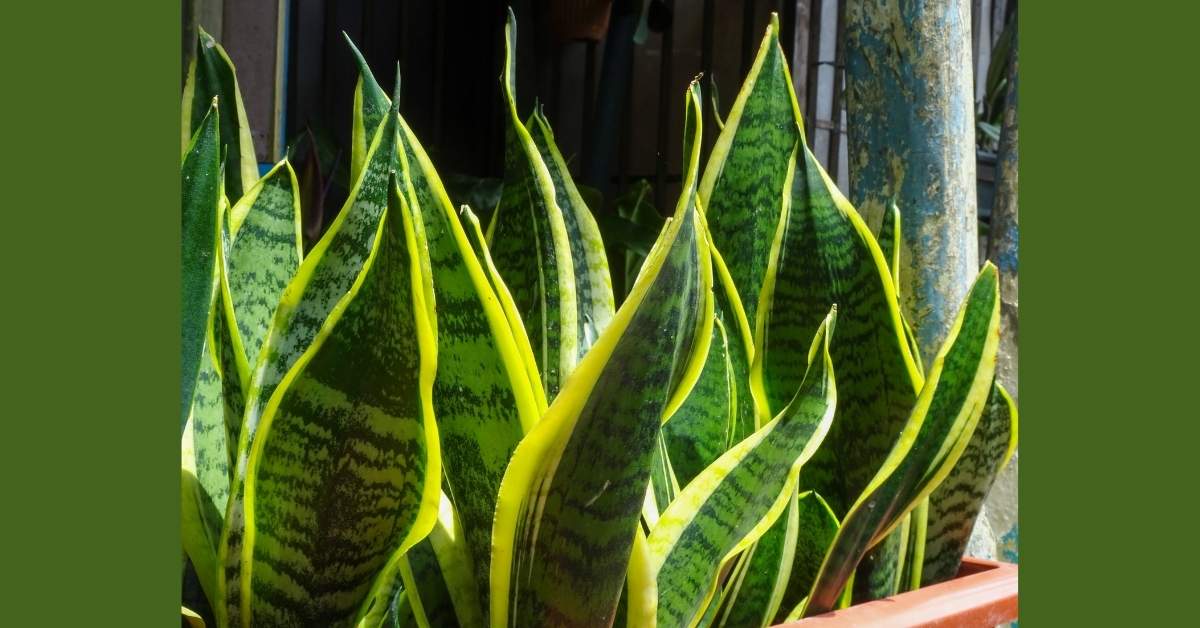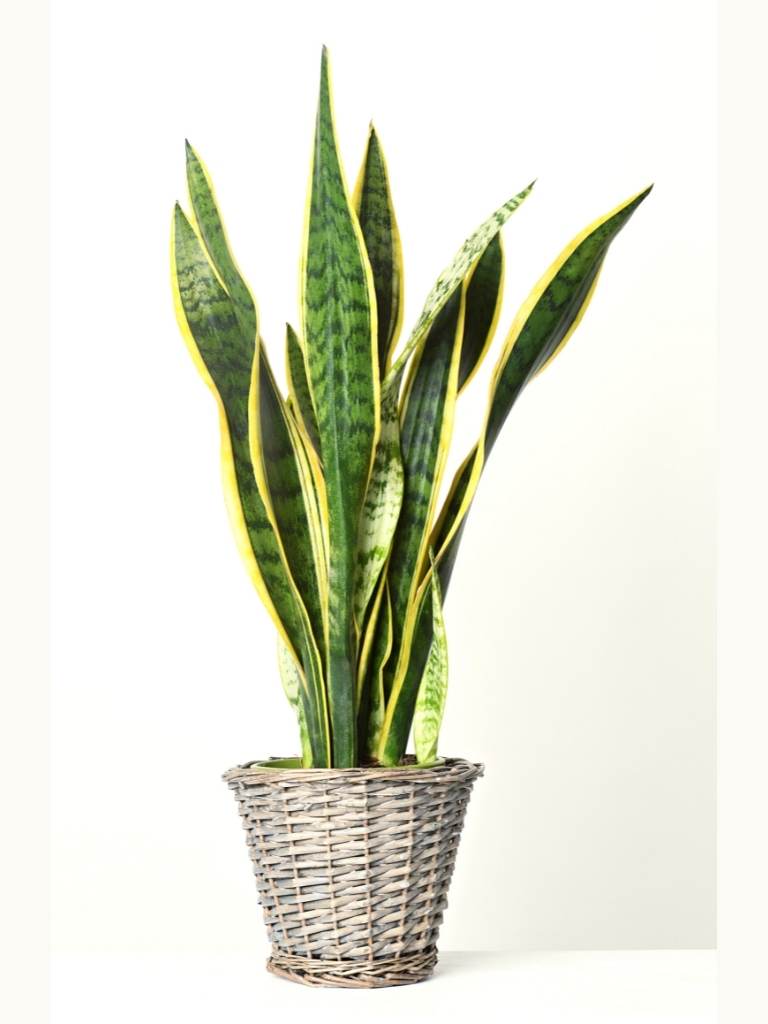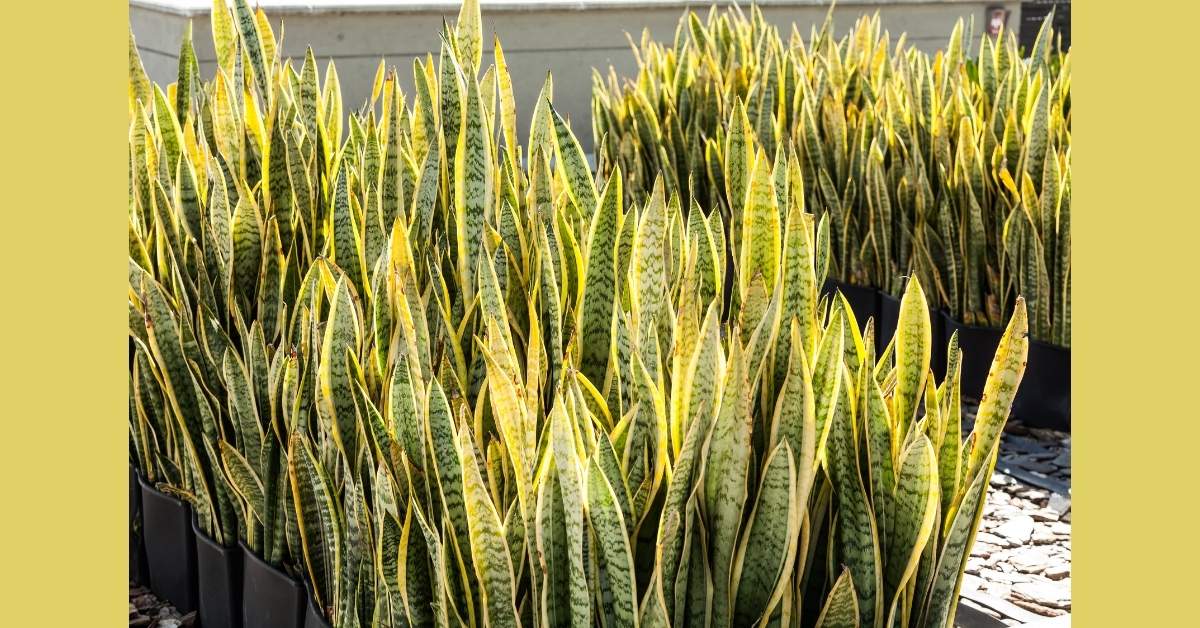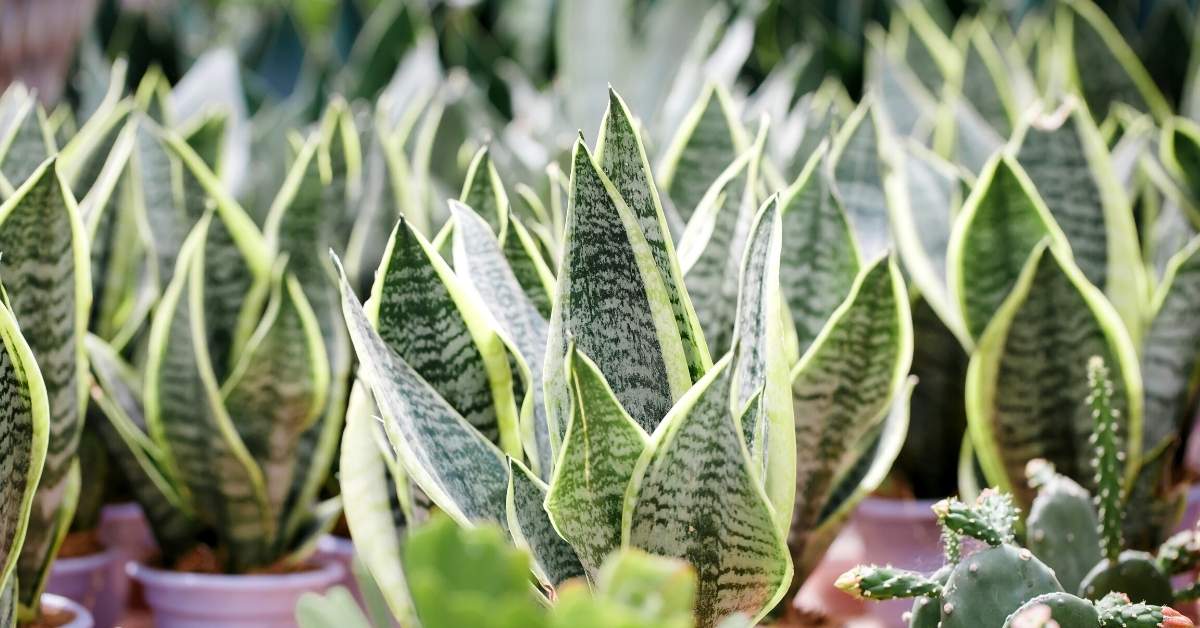The snake plant is a boon to homeowners and office workers around the world. The plant supplies a rich source of oxygen will having uncommon hardiness and ease of maintenance. These properties have vital implications in the fields of health and energy.
NASA research found that it is possible to deliver substantial amounts of oxygen to indoor environments. The snake plant was one of 3 types utilized in New Delhi’s Paharpur Business Center, which was named the city’s healthiest building by the government.
Here is a detailed guide on how to cultivate snake plants, grow and care for them.
It decreased respiratory problems, eye irritation, and headaches boosted productivity, and lowered ventilation requirements, resulting in considerable energy savings.
Snake Plant Cultivation and Care

Description
The snake plant is an exotic and unique-looking plant that flourishes in almost all kinds of weather conditions. This variety is quite popular as an indoor plant as it does not need a lot of sunlight or even water to be able to grow. It can basically grow anywhere, and it hardly ever dies or withers away.
It has a long lifespan and does not require a great deal of care or maintenance. After a snake plant has been planted, it can well be left quite alone to grow with no special efforts required to be made except providing water once every ten days or so.
It is one of the beginner common house plants as it is best suited to those who have just begun to grow plants and are not very familiar with how to maintain them. It is believed to be quite hard to kill and usually flourishes under even the most adverse conditions.
The snake plant gets its name from the shape of its leaves. The leaves of the plant grow directly from the soil with no visible stem. They look like a coiling snake growing upwards. The leaves are luscious and robust. There are many different types of snake plants that can be purchased because of the several subspecies under them.
Snake plant (Sansevieria Trifasciata), commonly known as mother-in-law’s tongue, has thick, leathery leaves that grow to be two to four feet tall. It is a popular outdoor plant in several southern U.S. states. It is native to Brazil and Africa. A full-grown plant usually costs $10 to $30.
Appearance

Its most common application is as a beautiful indoor plant. Its leaves are variegated with light-colored spots and frequently have a golden trim around the edges.
How Big Does A Snake Plant Get?
Each of them possesses various features and heights. The choice can be made depending on the size of the snake plant that one prefers. This decision should be guided by the size of the area where one wishes to place the snake plant. In case the area is relatively small, a small variety can be picked up.
On the other hand, if the area is quite large, tropical plants for sale that grow to a decent height can be purchased.
Some of the different types that can be bought are the Kenya snake plant, also known as the spoon leaf dwarf. This is a very small type of snake plant that only grows a few inches. It does not grow more than six inches in height. It is perfectly suitable for placing on tables or mantelpieces.
However, other varieties like the Mason Congo grow to be quite large and can grow up to four feet in length. Apart from these two, there are also other subspecies that have varying heights. If a snake plant grows to be quite large, one can easily prune it using a pair of scissors to contain its length.
Care
It can be ignored for long periods of time without causing harm. It does well in both the sun and the shade but should not be kept at temperatures below 50° Fahrenheit.
The Snake plants remove pollutants from the air while producing a significant amount of oxygen.
The snake plant is usually purchased as a mature plant and brought indoors to give flare to a room. It may, however, be cultivated outside. It may be grown in a variety of ways for those wanting to save money or simply enjoy gardening.
They increase the beauty of the indoor gardens. They are originally from Africa, and essentially they are plants from the Congo. But they are also extremely popular all over the world now. What makes it the gardener‘s choice is that Sansevieria Trifasciata is very easy to maintain.
During the winters, they don’t even need to be watered. They will grow even with little sunlight, and this is why they are preferred indoor plants.
The unique leaves of the Sansevieria Trifasciata only enhance its beauty further. The interesting fact is that the leaves have different patterns. Each new growth has a new pattern that is extremely beautiful. The leaves are generally dark green in color. But variations can also be seen.
Although it is typically resilient and tolerant, there are a few things to consider before adding it to your house or garden.

Growing Snakeplant Outdoor
The snake plant is an African native. The climate on the vast content is typically consistent, providing an excellent representation of ideal growth circumstances.
The average yearly temperature is approximately 80 degrees Fahrenheit (around 27 degrees Celsius), with 70 inches of rainfall. In the United States, average rainfall varies significantly by state but is generally between 20 and 50 inches.
If you’re planning to grow the snake plant outside in the United States, you’ll want to be in one of the USDA’s climatic zones 9B or 11.
To determine your state’s categorization, look at the climatic zone map. In the spring or summer, though, you may move a potted plant nearly anyplace as long as it won’t be exposed to temperatures below 45 degrees Fahrenheit for lengthy periods of time.
Snake plant Maintenance and Care
It’s easy to look for yourself. It is likely to stay alive if given at least some light and water.
Underwatering is preferable to overwater, as too much moisture will cause the roots to rot. Throughout the process, keep the soil on the edge of drying out. The plant prefers full to the near-full sun, although it may also grow in low light.
Mother-in-law’s tongue can become encircled by minor black flying bugs if the soil is kept too wet. Fungus gnats are what they’re called. They are an annoyance to the interior environment rather than a threat to the plant’s health. Allow the soil to dry out as a cure.
The gnats lay their eggs in the soil, and if the environment is unfriendly, they will die. If the issue persists, try repotting in fresh soil or applying a product like Gnatrol.

How to water a Snake plant?
One thing to keep in mind is the amount of water you pour. If you pour less, it’ll be a problem, and it’ll be a problem if you pour more. Excess watering will lead to falling off of the leaves, and root rot will be formed. If you provide less water, then leaves will wrinkle, and roots will get damaged. Trim the long leaves.
New ones will grow soon. You can leave the soil to dry before watering it again because Sansevieria Trifasciata doesn’t need too much water anyway. It is advisable to use a hygrometer to check the soil moisture before watering your Sansevieria Trifasciata plant.
The Sansevieria Trifasciata prefers heat, and thus, it’d be ideal for growing them in a room with good sunlight. Don’t choose a small pot because the roots are strong, and the pot will break. A large pot will give it more room to grow, and it’ll grow very quickly.
How To Cultivate Snake Plant?
Do you want to start over? There are two ways to grow the snake plant. Cutting the leaves and replanting or splitting the rhizome are two options.
Cultivation by cuttings is simple, but it has a fascinating and unusual side effect. Suppose you try to reproduce a plant that is appreciated for its white or yellow stripes along the leaf edges by planting a cutting.
In that case, the resultant plant will develop as a uniform green with no variegation. Cuttings may be your best choice if you like a simple green look. If that doesn’t work, try dividing the rhizome.
Cut one leaf of the plant into three to eight-inch portions, depending on its size and the desired beginning size of the new plantlets, to propagate by cuttings. Be aware that the snake plant’s leaves contain built-in directionality, which means they “know” how they wish to transport water and nutrients.
Even if you forget which way a cutting initially pointed, the snake plant will not forget and will not grow when planted.
If all else fails, just bury the bottom of the cutting in potting soil approximately 1 inch thick. It will take three to four weeks for it to establish roots, and if you’re lucky, additional plants will emerge within a few months.

